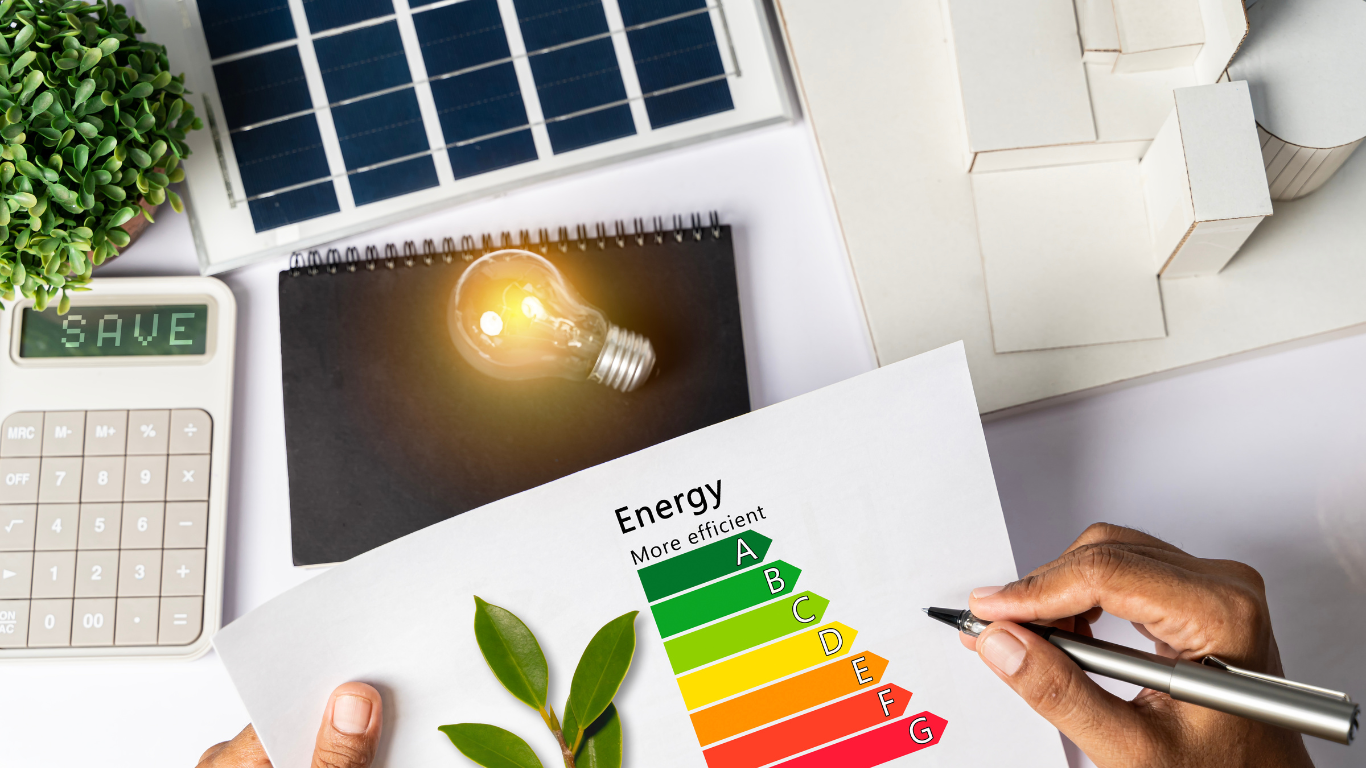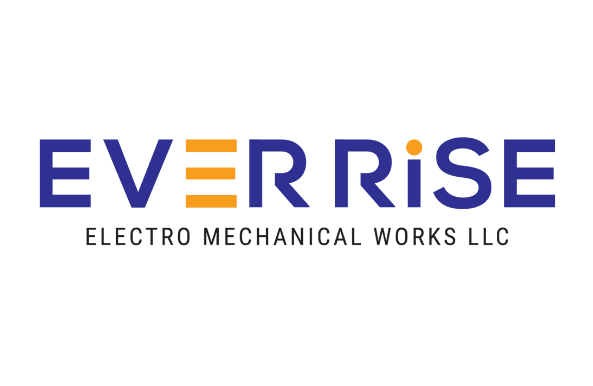
As Dubai continues to solidify its position as a global hub for commerce and innovation, the demand for energy-efficient and cost-effective Mechanical, Electrical, and Plumbing (MEP) solutions in commercial projects has never been higher. The city’s ambitious sustainability goals, coupled with rising operational costs, have made energy efficiency a top priority for developers and building owners. In this article, we will explore the importance of energy-efficient MEP solutions in Dubai’s commercial projects, the benefits they offer, and the key strategies for implementing cost-effective systems.
The Importance of Energy Efficiency in MEP Solutions
Energy efficiency is a critical component of MEP systems in commercial buildings. With the UAE’s commitment to reducing carbon emissions and enhancing sustainability, energy-efficient MEP solutions play a vital role in achieving these objectives. Not only do these solutions help in reducing the environmental impact of buildings, but they also contribute to significant cost savings over the building’s lifecycle.
Regulatory Compliance and Sustainability Goals
Dubai has implemented several regulations and standards aimed at promoting energy efficiency in the construction and operation of buildings. The Dubai Green Building Regulations, for instance, mandate the use of energy-efficient systems and technologies in all new constructions. Compliance with these regulations is essential for obtaining building permits and certifications, such as LEED (Leadership in Energy and Environmental Design) and Estidama.
Key Regulations:
- Dubai Green Building Regulations: These guidelines focus on improving energy efficiency, water conservation, and indoor environmental quality in buildings.
- LEED Certification: An internationally recognized green building certification that encourages sustainable design and construction practices.
- Estidama: A sustainability framework specific to Abu Dhabi, promoting environmentally responsible development.
Economic Benefits of Energy Efficiency
Energy-efficient MEP solutions not only contribute to environmental sustainability but also offer significant economic benefits. By reducing energy consumption, these systems lower utility bills and operational costs, making commercial projects more financially viable. Additionally, energy-efficient buildings often have higher property values and attract premium tenants, providing a competitive advantage in the real estate market.
Economic Benefits:
- Reduced Operational Costs: Lower energy consumption leads to substantial savings on electricity and water bills.
- Increased Property Value: Energy-efficient buildings are more attractive to investors and tenants, often commanding higher rents and resale values.
- Enhanced Marketability: Buildings with energy-efficient certifications are more appealing to environmentally conscious businesses and organizations.
Cost-Effective MEP Solutions for Dubai’s Commercial Projects
Implementing cost-effective MEP solutions requires a strategic approach that balances initial investment with long-term savings. By adopting the right technologies and practices, developers can achieve both energy efficiency and cost-effectiveness in their projects.
High-Efficiency HVAC Systems
Heating, ventilation, and air conditioning (HVAC) systems are among the largest energy consumers in commercial buildings. Upgrading to high-efficiency HVAC systems can significantly reduce energy usage and operational costs. These systems are designed to optimize airflow, maintain consistent temperatures, and minimize energy waste.
Key Features of High-Efficiency HVAC Systems:
- Variable Refrigerant Flow (VRF) Technology: Allows for precise control of temperature in different zones, reducing energy consumption.
- Energy Recovery Ventilation (ERV) Systems: Capture and reuse energy from exhaust air to condition incoming fresh air, improving efficiency.
- Smart Thermostats: Enable automated and remote control of HVAC systems, ensuring optimal operation and energy savings.
LED Lighting Solutions
Lighting is another major energy consumer in commercial buildings. Replacing traditional lighting with LED (Light Emitting Diode) technology can lead to significant energy savings. LED lights consume up to 80% less energy than incandescent bulbs and have a much longer lifespan, reducing maintenance costs.
Benefits of LED Lighting:
- Energy Savings: LED lights are highly efficient, converting most of the energy they consume into light rather than heat.
- Longer Lifespan: LEDs have a longer operational life, reducing the frequency of replacements and associated maintenance costs.
- Flexible Design Options: LEDs offer a wide range of color temperatures and brightness levels, allowing for customized lighting solutions that enhance the building’s aesthetics.
Water-Efficient Plumbing Systems
Water conservation is a critical aspect of energy-efficient MEP solutions. Implementing water-efficient plumbing systems not only reduces water usage but also lowers the energy required for heating and pumping water. Technologies such as low-flow fixtures, dual-flush toilets, and greywater recycling systems can contribute to significant water and energy savings.
Key Components of Water-Efficient Plumbing:
- Low-Flow Fixtures: Reduce water consumption without compromising performance, leading to lower utility bills.
- Dual-Flush Toilets: Offer two flushing options—one for liquid waste and one for solid waste—allowing users to conserve water.
- Greywater Recycling Systems: Treat and reuse water from sinks, showers, and washing machines for non-potable applications, such as irrigation and toilet flushing.
Smart Building Management Systems (BMS)
Smart Building Management Systems (BMS) are essential for monitoring and controlling the energy usage of MEP systems in commercial buildings. These systems use advanced sensors, automation, and data analytics to optimize the performance of HVAC, lighting, and plumbing systems. By continuously monitoring energy consumption, BMS can identify inefficiencies and make real-time adjustments to reduce energy waste.
Advantages of Smart BMS:
- Real-Time Monitoring: Provides instant insights into energy usage, allowing for immediate corrective actions.
- Automated Control: Automates the operation of MEP systems based on occupancy, time of day, and environmental conditions, maximizing efficiency.
- Data-Driven Decision Making: Analyzes historical data to identify trends and opportunities for further energy savings.
Challenges and Considerations
While energy-efficient and cost-effective MEP solutions offer numerous benefits, there are challenges that developers and building owners must consider.
Initial Investment
One of the main challenges is the higher initial cost of energy-efficient systems and technologies. Although these solutions lead to long-term savings, the upfront investment can be a barrier for some projects. It is essential to conduct a thorough cost-benefit analysis to determine the payback period and overall return on investment (ROI).
Integration with Existing Systems
For retrofit projects, integrating new energy-efficient MEP systems with existing infrastructure can be complex and costly. Careful planning and collaboration with experienced MEP contractors are necessary to ensure a seamless integration that does not disrupt building operations.
Regulatory Compliance
Staying up-to-date with the latest regulations and standards is crucial for the successful implementation of energy-efficient MEP solutions. Developers must work closely with regulatory authorities and consultants to ensure compliance and avoid costly delays or penalties.
Energy efficiency and cost-effective MEP solutions are essential for the success of commercial projects in Dubai. By investing in high-efficiency HVAC systems, LED lighting, water-efficient plumbing, and smart building management systems, developers can reduce operational costs, enhance sustainability, and increase the value of their properties. Despite the challenges, the long-term benefits of these solutions make them a worthwhile investment in Dubai’s competitive commercial real estate market. As the city continues to evolve, the adoption of energy-efficient MEP solutions will play a critical role in shaping the future of its commercial buildings.
